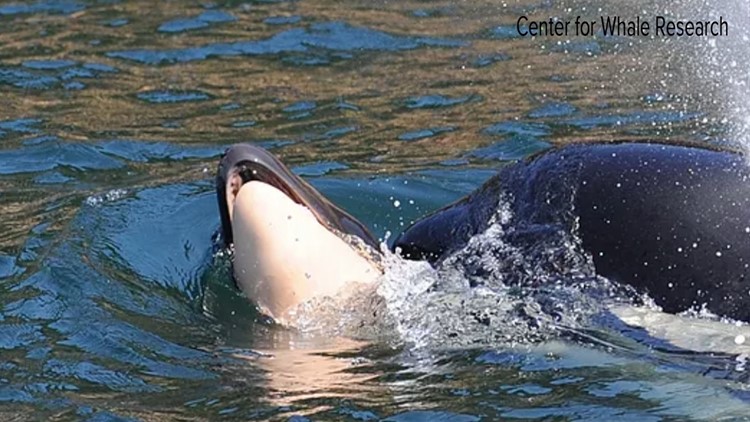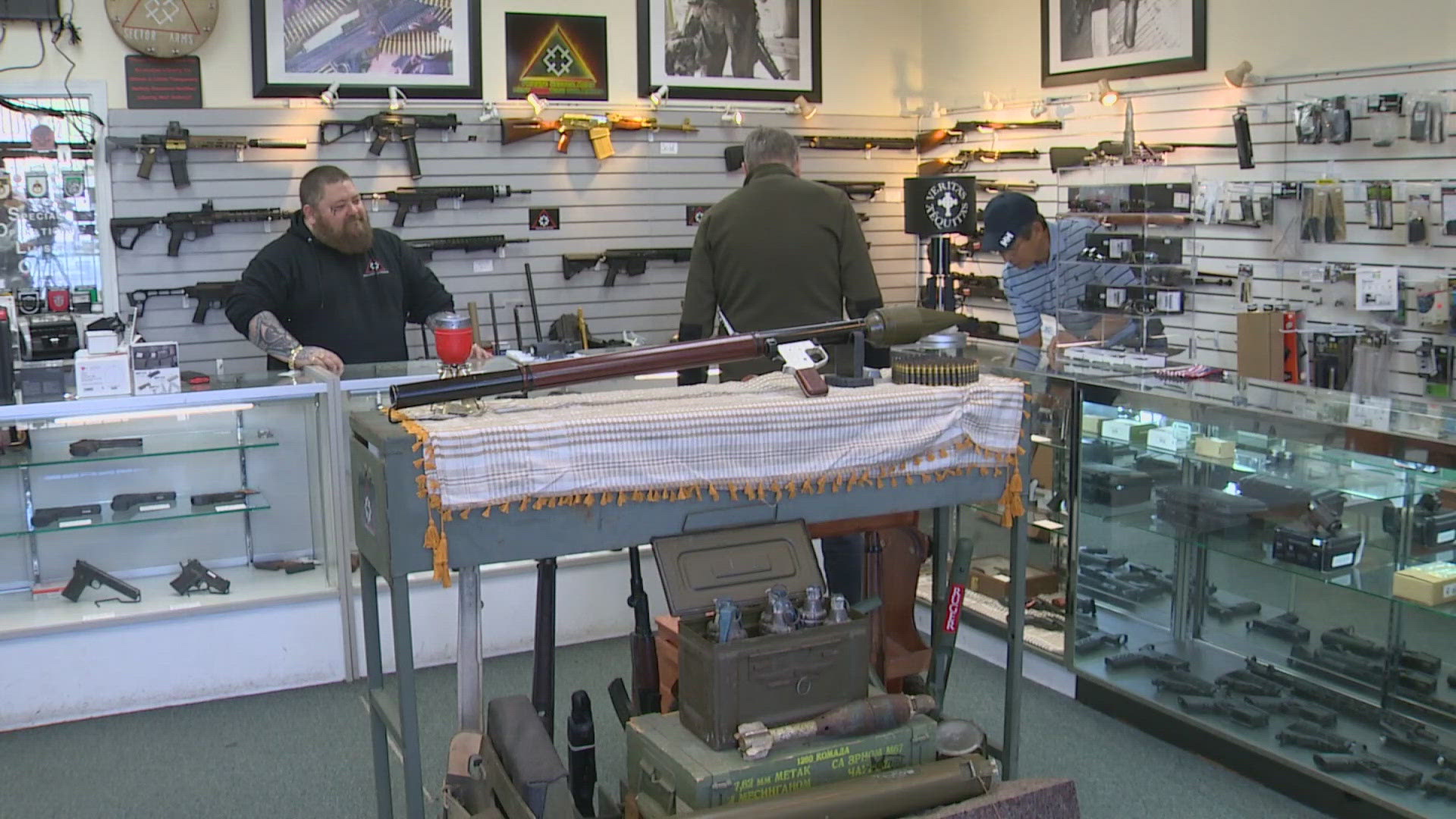Video and photos of a mother orca pushing her dead calf around Puget Sound have circulated the globe. One place they’ve landed is among researchers who are intimately acquainted with killer whale behavior: SeaWorld.
“Some people have suggested that it’s an attempt by, particularly when it’s a mother with the calf, that it’s an attempt by the mother to revive the calf," explained Hubbs-SeaWorld Research Institute Chief Science Officer Dr. Pam Yochem. "There are other cases where females have been seeing at lifting their calves up onto their bodies to avoid predation or attacks by other species. So it could be trying to protect or revive. In other cases, scientists believe that the animals don’t realize that the conspecific is dead."
The Southern Resident killer whales are known to be highly social. They live in family groups for their entire lives. The behavior J35 is exhibiting also appears to be more common with mothers and calves.
“We certainly know that of the cases that have been identified what the age and sex is of an animal caring for a dead animal, they are mostly females with calves. So whether this is the female trying to revive the calf, whether she thinks she’s protecting the calf from predation, we really don’t know.”
Dr. Yochem said this behavior is not completely unprecedented, though the longevity of this situation is quite rare. One research study focused on cetaceans between 1970 and 2016 found 78 cases in that 40-year period. It is behavior that has also been observed in other species.
“One study with baboons looked at how female baboons reacted or responded when a close companion died or was killed by a predator. They were able to measure stress hormones in fecal samples and they found that those values went up and stayed up for about a month before returning back to baseline,” Dr. Yochem said. “One of the concerns for the females that are guarding their calves or carrying them around is that costs energy. If she’s doing that, she’s not feeding. So there is certainly a cost to this behavior. On the other hand, if there are instances where they are able to revive a calf or save a calf from predation, there is a payoff. How the animals deal with that, we just don’t know. We don’t know what they’re thinking. But certainly, there is a concern there that anything that the animal does that is not part of its normal activity budget, and certainly carrying around a dead calf wouldn’t be something they normally would be doing, that consumes energy and it means that she’s not feeding, she is maybe not staying up with the pod, things like that. So that becomes a concern after a while.”
Environmentalists have long criticized SeaWorld for its captive breeding program, which it announced in 2016 that it is ending. However, the whales have offered a unique window for scientists that may lend invaluable information for policymakers aimed at saving the Southern Residents. For instance, the Southern Residents are facing a trifecta of complicated challenges: food, pollution and boat noise.
Dr. Yochem and her staff are currently doing research about the diets of killer whales in human care that could help scientists better understand the issues facing the Southern Residents, which mainly eat Chinook salmon.
“One study that we are working on, Hubbs-SeaWorld Research Institute with SeaWorld, is looking at isotopes and prey, and then in the blood levels of the killer whales to be able to identify, to match those up, so we have a better marker of what the animals are eating. We know what they’re eating because we are working with animals that are in human care. The idea is that we ground truth that technique and we can apply it to wild populations. So there are a number of projects like that where we are able to answer some of the questions with animals in human care and apply that to the wild situation,” Dr. Yochem said.
There are only 75 Southern Resident orcas left in the wild, so there is a lot at stake with every birth and death for the Southern Resident killer whales, as they face potential extinction. Researchers are hoping to collect the body of the calf, if J35 ever lets go. Prior cases have continued to the point of decomposition, and observers report the calf is in the early stages of that.
“Unfortunately that population does seem to be having a higher than what’s expected mortality rate of young animals. Of course, when you use a young female in particular, that’s a real blow to the population. Killer whales, the gestation time is about 15 to 18 months, so it’s a very long gestation. Females usually only have one calf every 3 to 5 years, and in some cases, it may be as infrequently as every 10 years. So, a female has a lot invested in that one calf and the loss is really tough,” Dr. Yochem said.
If you’d like more information on what you can do to help the Southern Residents, click here.



